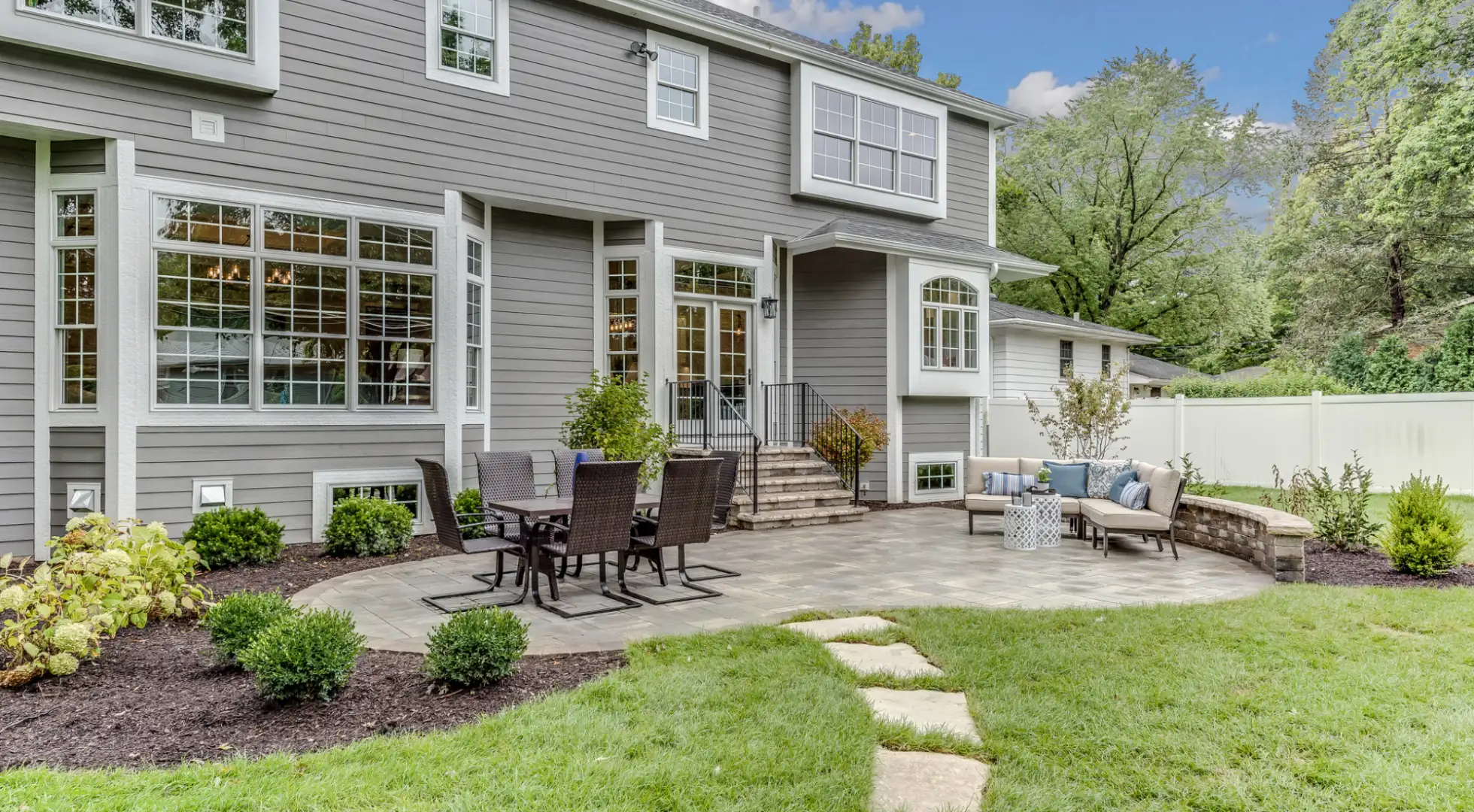15-Year Cash-Out Refinance: A Good Idea?

A cash-out refinance allows you to accomplish many goals at once, including
Converting home equity into cash
Lowering your rate
Consolidating debt
Changing the term of your loan
While it’s not commonly done, you can convert your 30-year fixed into a 25-, 20-, 15-, or even 10-year fixed mortgage while taking cash out. Here’s what to consider.
Tap into Equity Without “Starting Over”
Most people refinance from one 30-year fixed to another.
In most cases this is fine, but it can be costly if you’re more than a few years into your loan.
Most of your payment goes toward interest during the first years. With a $350,000 loan at 6%, you pay only $25,000 of principal by year five.
If you refinance five years into your loan, you “start over.” Your principal reduction returns to miniscule levels each month.
You’re wise to look into a shorter-term loan when you are shopping for a cash-out refinance. With that same $350,000 loan, you pay off $85,000 in principal in five years.
Loan Type | |||
Principal Paid At…* | 30-Year Fixed | 20-Year Fixed | 15-Year Fixed |
Year 3 | $14,000 | $31,000 | $49,000 |
Year 5 | $25,000 | $54,000 | $85,000 |
Year 10 | $58,000 | $125,000 | $199,000 |
*Assumes $350,000 mortgage at 6%. Figures rounded.
The other advantages to a 15-year loan are:
Paying off the loan faster
Paying less interest over the life of the loan
Lower rates
But what are the drawbacks?
15-Year Cash-Out Refinance Drawbacks
This strategy isn’t without risks.
Less Flexibility
A 15-year loan comes with a substantially higher payment: over $700 more per month versus a 30-year, $350,000 mortgage.
If you experience a loss in income, you still must pay the higher amount. With a 30-year fixed, you can elect to pay more each month (essentially making it a 15-year loan) but you don’t have to.
Opportunity Cost
Some financial experts suggest investing extra funds rather than paying off real estate. You can't access home equity without selling the home or refinancing, both of which require substantial fees. A future cash-out refinance might be avoided if you keep funds liquid.
Tax Implications
Paying down your mortgage means less interest paid each month, lowering your potential tax deduction each year.
15-Year Refinance Rates
Cash-out refinance rates are higher than purchase or no-cash refinance ones. But you can mitigate some of that increase by taking a 15-year loan.
According to Optimal Blue, a mortgage software company, 15-year mortgages in its system averaged as much as 0.80% lower rates than 30-year loans.
Other factors that help you get the best 15-year cash-out refinance rates are:
Credit score: Borrowers with a 720 or higher credit score get the best rates.
Remaining equity: Leave 30% or more equity in the home after the cash-out refinance.
Home type: A 1-unit single-family primary residence is the cheapest to finance. Second homes, investment properties, condos, and 2-4 unit properties require higher rates.
Loan amounts less than the standard conventional loan limit will require the lowest financing costs, though larger cash-out refinances are available in some locations.
Related:
How To Qualify For a Cash-Out Refinance
Best Uses For a Cash-Out Refinance
15-Year Cash-Out Refi: Is It Right For You?
It’s worth speaking to a financial advisor and tax professional before making the leap into a 15-year mortgage, whether that’s a cash-out loan or standard refinance.
If it’s the right choice for you, shop lenders to see which one will give you the lowest rate and fees.




